Aardvarks are relatively large African mammals that roam much of the continent south of the Sahara. They are odd-looking animals, with long snouts used for finding insects. Once it uses its sensitive snout to locate food, the aardvark digs it out using sharp claws. Read on to learn about the aardvark.
Description of the Aardvark
Aardvarks look like a mixture between a very large armadillo without any armor, and a pig. They have an elongated snout, long pointed ears, a rounded back, and a long tail. They have tough skin coated in sparse hair, and the hair on their legs is much longer than on the rest of their bodies. They also have dense hair around each nostril to protect their noses while digging.
Interesting Facts About the Aardvark
These funny looking animals are chock-full of surprises. Besides their unique appearance, aardvarks have a number of other traits that you may not know about.
- Keystone Species – Aardvarks are considered a keystone species, which means they are an animal that balances the ecosystem around them. Some other good examples of keystone species are sea otters and tortoises. Aardvarks dig burrows that house a number of other species, like the endangered African wild dog. They are also an important pollinator for some plant species, including the aardvark cucumber.
- Aard-who? – The name Aardvark comes from the Afrikaans language in South Africa. The name translates loosely to earth pig or ground pig, and comes from their close resemblance to pigs. Some other nicknames for aardvarks are cape anteater, antbear, and earthhog.
- Subterranean Lifestyle – Aardvarks are nocturnal animals, and spend much of their time in underground burrows. To escape the heat, they can dig extensive burrow systems, especially during the breeding season. They are expert diggers, and tunnel systems can exceed 33 ft. in length!
- Less Like a Pig, More Like a… – Though aardvarks look similar to pigs, that is where the similarities end. Most of an aardvark’s diet consists of ants and termites, making aardvarks more like anteaters than pigs. A single aardvark can eat 50,000 ants or termites in a single night!
Habitat of the Aardvark
Aardvarks can be found in almost any habitat south of the Sahara Desert that has adequate insects to eat. They commonly live in bushland, grassland, woodlands, and savannas. They are not found in swamp forest or any overly wet habitat, because the moisture makes it impossible to burrow. In similar fashion, they avoid extremely rocky habitats that can impede digging.
Distribution of the Aardvark
Aardvarks can be found across the vast majority of Africa, south of the Sahara Desert. They can be found from sub-Saharan Africa to South Africa, but there are a few countries they avoid. Aardvarks are mostly absent in Namibia, Ghana, Madagascar, and the Ivory Coast.
Diet of the Aardvark
These mammals are myrmecophagous, which means that ants and termites make up the vast majority of their diet. The only vegetation they eat is the aardvark cucumber. The aardvark and the aardvark cucumber have a symbiotic relationship, which means both creatures benefit from the interaction.
The aardvark gets moisture from the cucumber, and the cucumber seeds are fertilized and spread. They can roam anywhere from six to eighteen miles from their burrow in a night, searching for food. Once an aardvark finds a termite or ant nest, it uses its powerful claws to dig down or rip open the nest for consumption.
Aardvark and Human Interaction
Humans do not usually cross paths with aardvarks because these animals are nocturnal, and can be quite secretive. Their population levels are stable, but they are in a somewhat precarious position.
Because they have such a specialized diet, the collapse of a food source could effectively decimate populations in a given area, or across the country. If pollution or global climate change impacts the ants or termites that aardvarks prey on, their numbers could decrease very quickly.
Domestication
Aardvarks have not been domesticated in any way.
Does the Aardvark Make a Good Pet
Aardvarks would not make a good pet. They are nocturnal, so they would keep you up all night. Their burrowing habit would also be quite difficult to sustain in a backyard. In most places, it is illegal to own an aardvark as a pet.
Aardvark Care
In zoos, aardvarks are provided with plenty of space to roam, substrates to dig in, and artificial tunnels to hide in during the day. They can be fed a commercial insectivore diet, high protein content blended cat food, supplemental vitamins to replace the chitin found in ant exoskeletons, and treats of fruits and veggies. The aardvarks at the Detroit Zoo particularly enjoy a treat of avocados!
Behavior of the Aardvark
These solitary creatures spend their days inside their burrows, and their nights searching for food. Before they leave the burrow, aardvarks will wait at the entrance and listen for potential predators. They don’t need to chase down prey, so they can move leisurely through their territory. Despite their normally slow pace, aardvarks can dig a burrow three feet long in just five minutes!
Reproduction of the Aardvark
Female aardvarks have a gestation period of seven months. They give birth to a single baby, called a “cub,” within their burrow. The aardvark cub is very wrinkly, with floppy ears when it is first born. After three weeks it will grow into the folds and be able to hold its ears upright.
At the young age of two weeks old it will begin to leave the burrow with mom, and is weaned at three months. The cub will stay with its mother until she gives birth to her next cub, and is capable of having its own cubs at two years old.
Beliefs, Superstitions, and Phobias About the Aardvark
Aardvarks are prevalent in African folklore, particularly for their bravery. Anything that doesn’t flinch in the face of hundreds of ants can be seen as pretty brave! The Hausa magicians use the heart and skin of aardvarks to create a charm, and some tribes use aardvark teeth as good-luck bracelets.

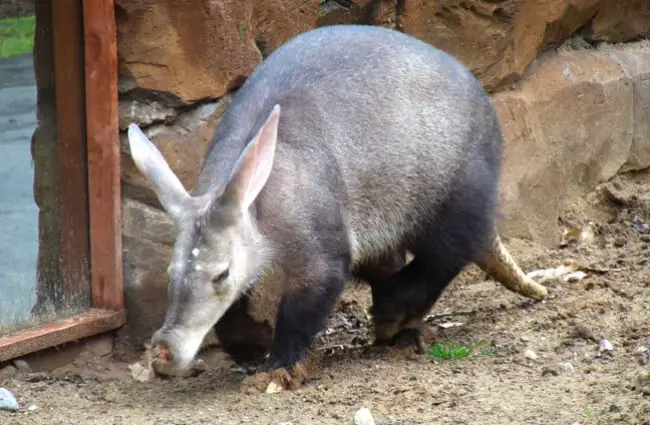
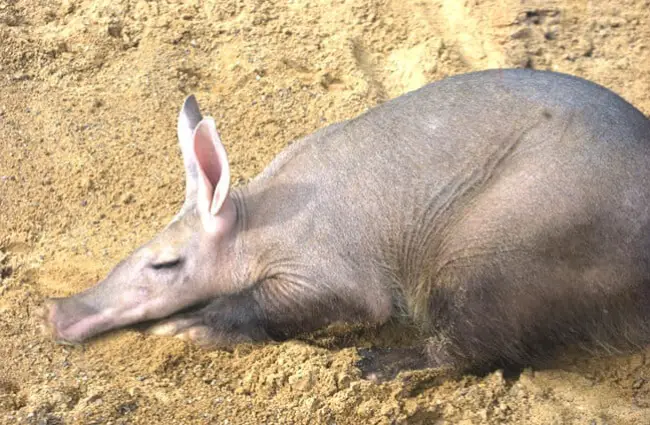
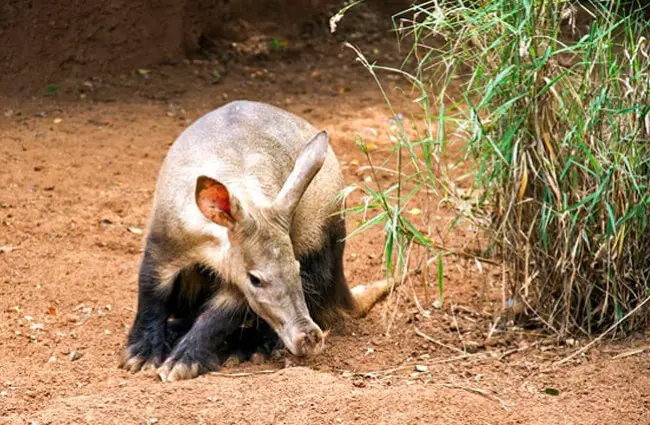

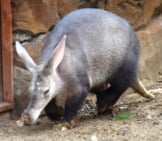

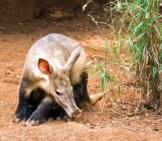
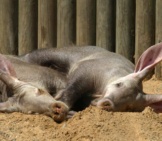
![Red Angus Closeup of a beautiful Red Angus cowPhoto by: U.S. Department of Agriculture [pubic domain]https://creativecommons.org/licenses/by/2.0/](https://animals.net/wp-content/uploads/2020/03/Red-Angus-4-238x178.jpg)


![Red Angus Closeup of a beautiful Red Angus cowPhoto by: U.S. Department of Agriculture [pubic domain]https://creativecommons.org/licenses/by/2.0/](https://animals.net/wp-content/uploads/2020/03/Red-Angus-4-100x75.jpg)

